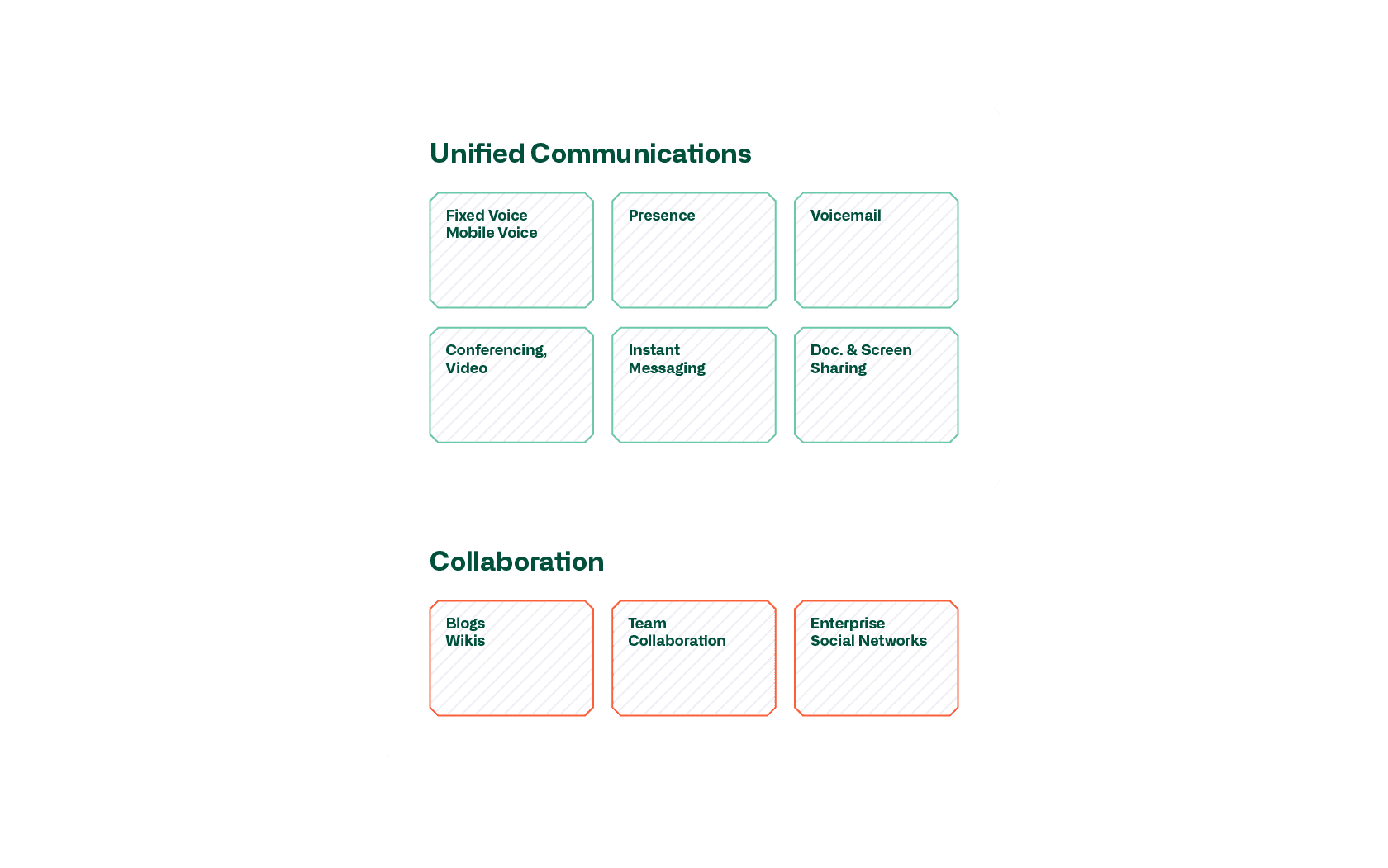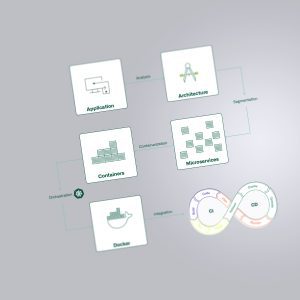Blog
The successful introduction of Unified Communications & Collaboration
Business communication is changing rapidly.
Applications such as chat, desktop video and desktop sharing are provided in UCC solutions and promise more efficient communication. However, for a UCC project to be implemented successfully, the path to UCC should be well planned.
Companies that still have a conventional telephone system will sooner or later have to think about the
introduction of a unified communications & collaboration solution (UCC). The following approach is recommended:
1. vision and strategy
First, a vision should be formulated that defines the goals to be achieved with the introduction of UCC. What purpose does UCC serve? What is the reason for switching to UCC? Is it about a lifecycle of telephony, is it about new work processes or optimizations thanks to UCC? It should be clear, for example, which elements of a UCC solution are to be used in the company and how they are to be used effectively.
If you only want to make phone calls, chat and use desktop video, a UC solution is sufficient. But if you also want to introduce a team collaboration solution, you need the second C (UCC). It is crucial that the vision and strategy as well as the project for the introduction of UCC are supported by the top management of the company.
2nd UCC concept
On-prem vs. cloud, data storage, security requirements, legal framework, etc. These topics must be clarified and described for the rough concept. The operator model must also be outlined: Own operation, operated-by model or fully managed service? The operator model must also be clarified in the case of a cloud solution, since operating tasks also arise there. The concept should also show how existing communication solutions and peripheral systems (contact centers, SBCs, SIP trunks, legacy systems, etc.) are to be replaced
or integrated. This may involve adjustments to systems and interfaces. An examination of the affected peripheral systems that require a connection or integration in UCC is therefore a prerequisite for a successful technical implementation.

3. processes
The introduction of UCC is not just a technology project, but a change project. Today's ways of working will change fundamentally, especially with the second C (Collaboration). It is therefore necessary to examine exactly which workflows and processes are affected, in what form they will change and what organizational effects they will have.
4. introduction
Before rolling out the solution, a rollout plan should be defined that clarifies, for example, when and in which areas UCC should be introduced first so that the change process is better accepted by users and initial user feedback can be processed.
Experience shows that a pilot can be useful as a first step towards introduction. With a broad, manageable group of users, new work processes can be tested and improved before the general rollout takes place.
Supporting the introduction are accompanying project marketing activities, which inform and sensitize the users accordingly. Together with a powerful support team to eliminate possible hurdles in the use of UCC in a timely manner, nothing stands in the way of a successful introduction.
First, a vision should be formulated that defines the goals to be achieved with the introduction of UCC.




